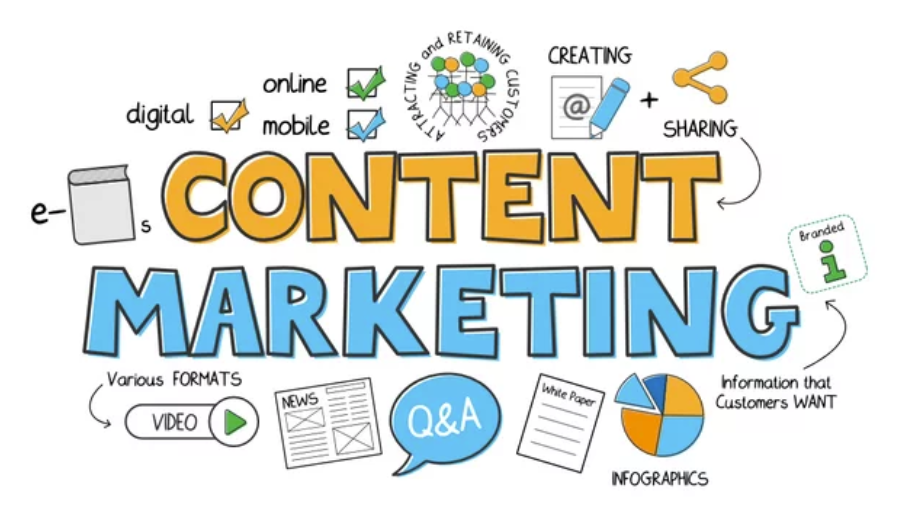
In today’s fast-paced digital world, content is king. But keeping up with the demands of consistently producing high-quality content is no easy feat. That’s where a well-planned content calendar comes into play. It’s not just about scheduling posts—it’s about mapping out a strategic plan to ensure your content serves a purpose, reaches the right audience, and drives engagement. So, how do you create a content calendar that delivers results?
What is a Content Calendar?
A content calendar is a tool used by businesses, marketers, and creators to plan and organize their content strategy over a period of time. Whether you’re posting blogs, social media updates, videos, or newsletters, a content calendar helps ensure consistency, relevance, and alignment with your broader marketing goals.
By having a content calendar in place, you can:
- Plan content around key dates, holidays, or events relevant to your business.
- Avoid last-minute scrambling or missing out on important posting opportunities.
- Maintain consistency across all your channels, ensuring that your brand voice remains strong.
- Collaborate more effectively if you’re working with a team of writers, designers, or marketers.
Why You Need a Content Calendar
Creating content on the fly might seem flexible, but it often leads to gaps in your strategy, missed deadlines, and subpar quality. A content calendar, however, keeps you accountable and ensures you’re producing content with intention. Whether you’re running a small business, managing a blog, or building an online community, a content calendar brings structure to your creative process and helps you stay on track.
The benefits of using a content calendar include:
- Consistency: Posting regularly builds trust with your audience. With a calendar, you’ll be able to establish a regular posting schedule.
- Strategy: A calendar allows you to see the big picture of your content marketing efforts. You can track the types of content that perform well and refine your approach.
- Organization: When you plan ahead, you’re more organized. This helps avoid the stress of coming up with ideas at the last minute.
For more insights into the importance of maintaining consistency in content marketing, check out this resource on HubSpot.
Steps to Create an Effective Content Calendar
1. Identify Your Content Goals
Before diving into scheduling, you need to know what you want your content to achieve. Are you focused on driving traffic to your website, building brand awareness, generating leads, or educating your audience? Knowing your goals helps you create content that aligns with your overall strategy. Your content should cater to your audience’s needs, but it should also serve a purpose for your business.
2. Choose Your Content Types
The beauty of a content calendar is that it works for all types of content—whether it’s blog posts, social media updates, email newsletters, or videos. Decide on the variety of content you want to produce. For instance, you might plan to publish a blog post once a week, share daily social media updates, and send out a newsletter biweekly.
Having a mix of content types not only keeps things fresh but also allows you to reach your audience on different platforms. For more on diversifying your content strategy, read this guide on Content Marketing Institute.
3. Set Key Dates and Deadlines
Now that you know what you’re producing, it’s time to map out the timing. Key dates like holidays, product launches, or industry events should anchor your calendar. For example, if you’re running a promotion for Black Friday, you’ll want to ensure your content leading up to that day is geared toward driving sales.
Mark these important dates on your calendar, and work backward from them to schedule relevant content. Break down deadlines into smaller tasks—such as research, writing, and design—so nothing falls through the cracks.
4. Assign Responsibilities
If you’re working within a team, assigning roles is crucial for accountability. A well-structured content calendar includes not only the what and when, but also the who. Whether you’re working with writers, designers, or social media managers, clearly define who’s responsible for each piece of content and its respective deadlines.
5. Use Tools to Build Your Calendar
Creating a content calendar doesn’t have to be complicated. There are plenty of tools to help you build and manage your calendar effectively. Google Sheets or Excel are great for basic setups, while project management tools like Trello or Asana offer more advanced features like task assignment and deadline tracking.
You can also try out tools like CoSchedule which allow you to plan, execute, and measure your entire marketing strategy in one place.
6. Plan for Flexibility
Even the best-laid plans can change, and your content calendar should be flexible enough to adapt to unforeseen events or new opportunities. Leave room for timely content, such as newsjacking or reacting to trending topics in your industry.
For example, if a major industry trend emerges, your calendar should allow you to adjust and capitalize on the topic before it becomes old news. This proactive approach keeps your brand relevant and timely.
7. Measure and Adjust Your Strategy
Your content calendar is a living document. Regularly review its performance by tracking key metrics such as engagement, website traffic, or conversion rates. If a particular type of content isn’t resonating with your audience, adjust your strategy accordingly.
Always be prepared to refine your approach based on data. Over time, you’ll learn what types of content perform best, what posting times are most effective, and which channels drive the most traffic.
Best Practices for Maintaining Your Content Calendar
To get the most out of your content calendar, here are a few tips:
- Plan content in batches: It’s much easier to plan a month’s worth of content in one go than scramble every week to come up with new ideas.
- Include repurposed content: Don’t be afraid to repurpose high-performing content. A well-received blog post can easily be turned into a video, infographic, or social media post.
- Audit your content regularly: Ensure that your content aligns with your evolving brand voice, goals, and audience expectations. An audit helps eliminate outdated or ineffective content.
For more in-depth information on auditing your content, refer to Moz’s guide on content auditing.



0 Comments